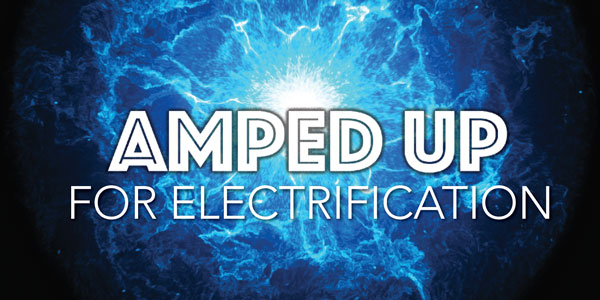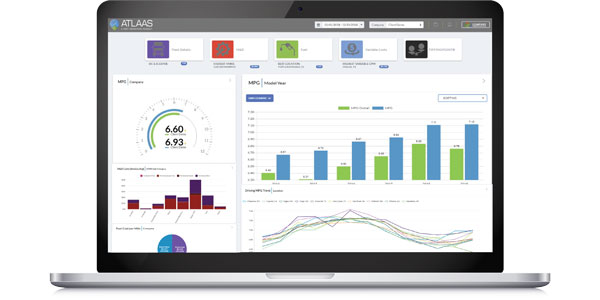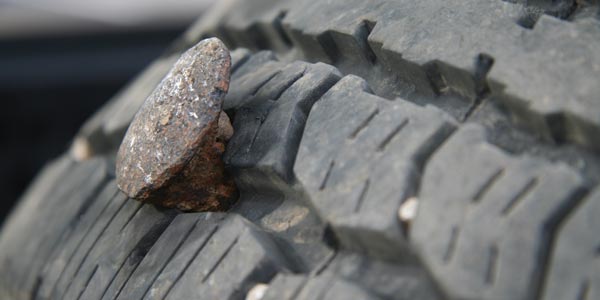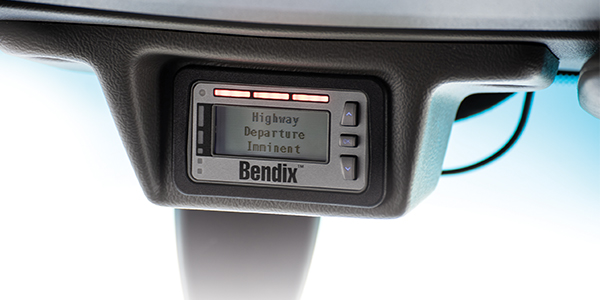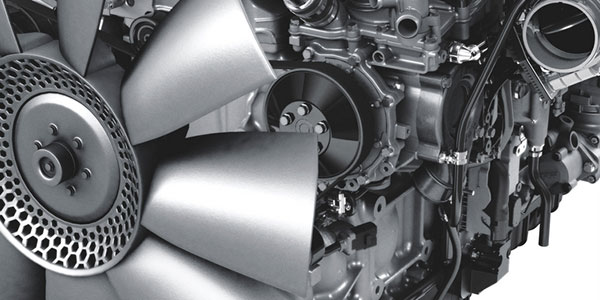Of course you do. As the premiere online publication for the heavy-duty truck market, charting the latest in trucking equipment, technology, and service trends, Fleet Equipment has a knack for digging up the stories behind the stories (while having a lot of fun along the way). Now you can be a part of it! But you might be wondering, are we a good fit for each other?
Great question. Ask yourself this: Do you find thinking about the answers of trucking’s tomorrow posed by today’s equipment advances? I’m talking about the type of person that delves into the details of cutting-edge diesel technology during a dinner party, or accidentally spends an extra 20 minutes in the shower because you were caught up thinking about the ROI of electrification in various truck duty cycles, or actively tries to work references to your favorite bingeable series into serious truck equipment content. If you match any of these, or other equally verbose, descriptions, welcome home.
How do you get started?
Another clever question. You are cut out for this journalism thing. Eagle-eyed Fleet Equipment readers may have noticed a recent addition to our navigation menu with the appearance of a “Content Submission”. You can click here (or in the menu) for all of the details.
“But Fleet Equipment Editor,” you say, “I’m already here, engaging with your content, can’t you just tell me what I need to do?”
[Awkward pause]
To start, you should not do what I’m about to do and copy the info from the link you could have clicked early and paste it here.
Write something based on your experience that could help other fleet managers who are responsible for spec’ing, buying and maintaining trucks Class 1-8.
Potential topics include:
• Equipment spec’ing tips by application
• Truck lifecycle strategies
• Using data to operate trucks
• Preventative maintenance and unplanned service management tips
• How long does it have to be?
• The minimum word count is 400 words. Longer submissions have a greater chance of being included as a feature post and in our print publications. Don’t worry too much about a word count. Worry about the story you are going to tell.
Wanna increase your chances?
• Be visual. Include as many unique photos as possible. High-quality videos will also make your submission go to the top.
• Be original. We want fresh and exclusive content from you.
• Be regular. We are looking for consistent submissions so we can help you build a following.
• Be accurate. Above all, make sure your content is truthful and accurate, citing industry professionals as needed.
• Include a photo of yourself. In your bio, name your experience, certifications and what makes you an authority in your field, as well as any related site or social media links.
Whew! Okay, that was a lot to list. Once you have all those boxes checked and your content is polished and ready to submit, you’re going to have to click here to go to the form to submit the content. Sorry, there’s no shortcut for that.
Once submitted, we look forward to welcoming you to the FE Content Creation Team™. I’m glad we found each other.










